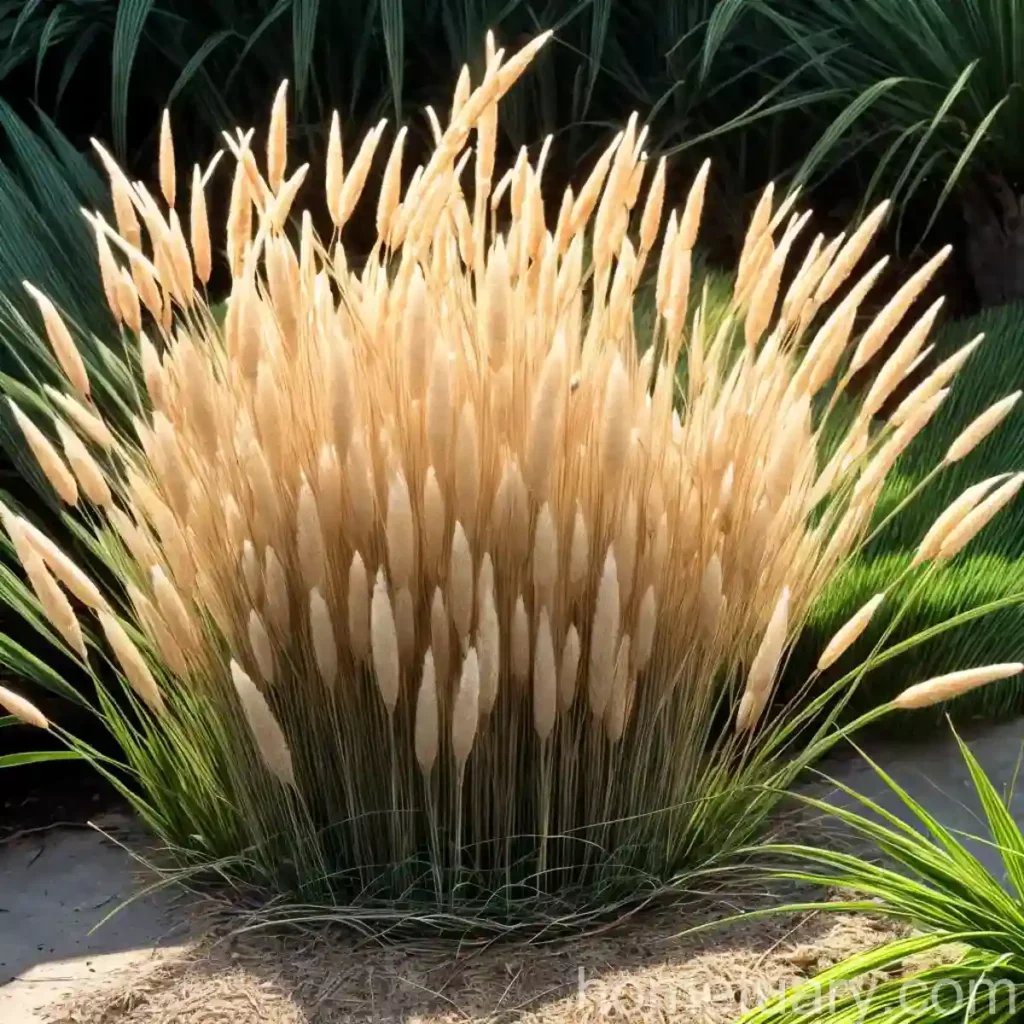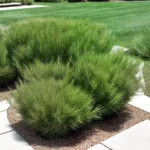Cogon Grass (Imperata cylindrica): A Comprehensive Guide
What is Cogon Grass (Imperata cylindrica)?
Cogon grass, scientifically known as Imperata cylindrica, is a perennial grass species that belongs to the Poaceae family. This grass is native to Southeast Asia and is widely distributed throughout the tropical and subtropical regions of the world.
Cogon grass is known by different names in various parts of the world. In the Philippines, it is called “cogon,” while in Indonesia, it is known as “alang-alang.” This grass species is recognized for its vigorous growth and resilience, which has contributed to its widespread presence in different ecosystems.
Key Takeaways – Cogon Grass (Imperata cylindrica)
Cogon Grass Benefits
- Erosion Prevention: Cogon grass is effective in preventing soil erosion due to its extensive root system.
- Traditional Uses: It is utilized in traditional medicine and handicrafts in many cultures.
- Adaptation Strategies: Cogon grass exhibits remarkable resilience to various environmental conditions.
Cogon Grass Uses
- Landscaping: It is often used in landscaping due to its ornamental appearance.
- Medicinal Purposes: In some cultures, cogon grass is used to treat various health conditions.
- Animal Feed: In certain regions, it is used as forage for livestock.
Imperata cylindrica Plant
- Ecological Importance: It has a significant ecological impact and serves as a habitat for various organisms.
- Invasive Characteristics: Cogon grass is considered an invasive species in many parts of the world.
- Cultural Significance: It holds cultural significance in traditional practices and ceremonies in some regions.
Culture
Understanding the specific cultural requirements of cogon grass is crucial for successful cultivation.
Water
Cogon grass exhibits a moderate tolerance to drought, making it suitable for areas with irregular rainfall patterns. However, in cultivation, it is essential to provide regular watering, especially during dry periods, to support healthy growth.
Sunlight
As a sun-loving plant, cogon grass thrives in full sun conditions. It requires at least 6 to 8 hours of direct sunlight daily for optimal growth and development.
Fertilizer
Cogon grass is relatively low-maintenance and does not require frequent fertilization. A balanced, slow-release fertilizer applied once or twice a year in spring and summer is usually sufficient.
Soil
This grass species is adaptable to a wide range of soil types, including sandy, loamy, or clay soils. It can tolerate acidic to slightly alkaline soil conditions. However, well-draining soil is essential to prevent waterlogging, which can negatively impact its growth.
Pruning
Cogon grass generally does not require regular pruning. However, removing old, brown foliage and spent flowers can help maintain its aesthetic appeal.
Propagation
Propagation of cogon grass can be achieved through various methods such as division, rhizome cuttings, and seed propagation.
Division
Dividing mature clumps of cogon grass is a common method of propagation. This process involves separating the root mass into smaller sections that can be replanted to establish new growth.
Rhizome Cuttings
Rhizome cuttings involve taking fragments of the underground stems and planting them to initiate new plant growth. This method is particularly effective due to the vigorous nature of cogon grass rhizomes.
Seed Propagation
While cogon grass can produce seeds, growing it from seed is less common as it tends to spread rapidly via its rhizomatous root system. However, seeds can be collected and sown in prepared seed beds to establish new plants.
Container Popularity
The use of containers for cultivating cogon grass has gained popularity, especially in urban and suburban settings where space may be limited.
Container
When grown in containers, cogon grass can serve as an attractive ornamental plant on patios, balconies, and in garden landscapes. It provides a striking vertical element and adds texture and interest to container gardens.
Common Diseases
While cogon grass is relatively resistant to diseases, it may occasionally be affected by certain fungal infections and leaf spot diseases.
Disease Diagnosis
Common diseases that may affect cogon grass include leaf rust, smut, and leaf spot diseases. Proper diagnosis of these diseases is essential for implementing effective management strategies.
Common Pests
Despite its resilience, cogon grass may face infestations from pests such as aphids, grasshoppers, and leafhoppers.
Botanist’s Tips
Pest Control
To control pests, it is essential to monitor plant health regularly and employ integrated pest management practices. This may include the selective use of insecticidal soaps or natural predators to manage pest populations.
Fun Facts
Here are some intriguing facts about cogon grass that offer insight into its unique characteristics and uses.
- Biofuel Source: In some regions, cogon grass is being explored as a potential source of biofuel due to its fast growth and high cellulose content.
- Soil Stabilization: Its extensive root system makes it effective in stabilizing soil, particularly in areas prone to erosion.
- Cultural Significance: In certain cultures, cogon grass is woven into thatched roofs and used in traditional crafts.
Links to External Resources
For further information on cogon grass, the following resources can offer valuable insights:
In conclusion, cogon grass, with its adaptability and diverse uses, presents both opportunities and challenges for cultivation and management. Understanding its unique characteristics, cultural significance, and potential ecological impact is essential for harnessing its benefits while mitigating its invasive tendencies. By employing appropriate cultivation practices, pest and disease management, and considering its cultural and ecological context, cogon grass can be integrated sustainably into diverse landscapes, serving both functional and aesthetic purposes.
Remember, while cogon grass offers numerous benefits, its potential for invasion and displacement of native species should be carefully considered, particularly in regions where it is not native. Through responsible cultivation and management, we can harness the potential of cogon grass while minimizing its ecological impact.
I hope this guide has provided valuable insights into the cultivation and management of cogon grass, and I encourage further exploration and research into this fascinating plant species.















